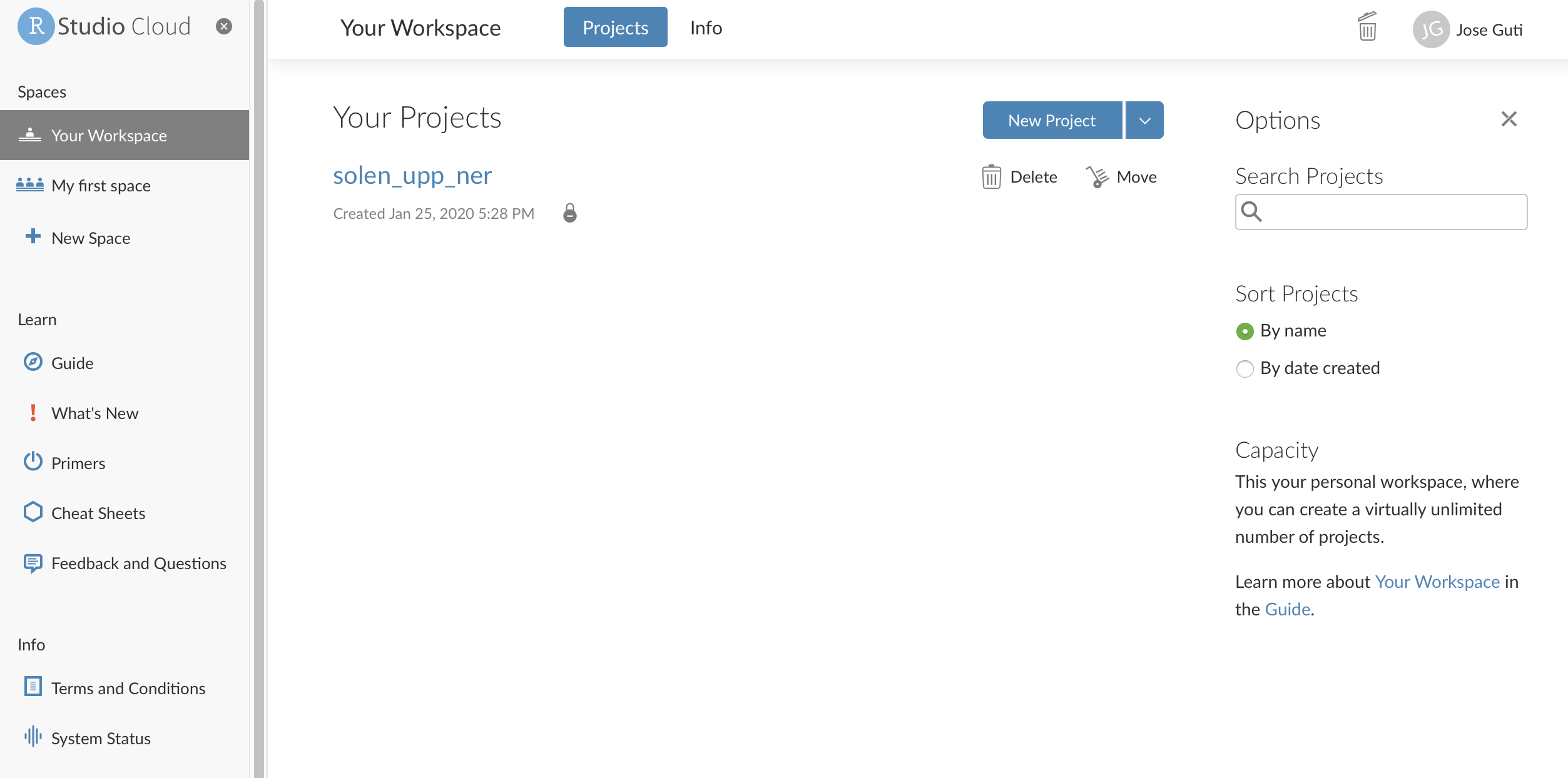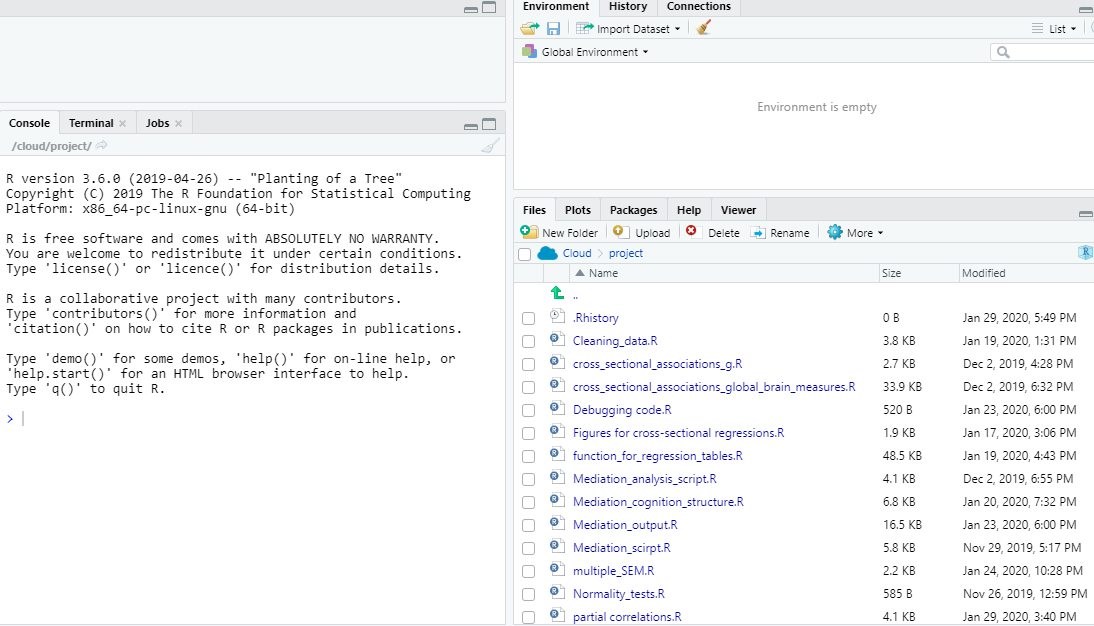
, so you first need to change directory to folder where your files are present and then transfer the to remote directory. NOTE: there is a bug in this command that does not accept paths like C:/users …. By default this file is saved in “C:/users/ Expand SSH in the left menu, then go to Auth.(External IP can be obtained from Compute Engine home page) In “Host Name (or IP address) field, enter External IP of your instance.

Without giving rstudio sudo permissions you’ll be able to view files, process data but not save any files. Create Rstudio user: sudo adduser rstudio.After creating Rstudio user, return to this page before proceeding to use Rstudio. To install Rstudio, follow instructions from Digital Ocean’s “How to Set up RStudio on an Ubuntu Cloud Server”.

To install R, follow instructions from Digital Ocean’s “How to Set Up R on Ubuntu 14.04” guide. Follow steps from “ Repartition a root persistent disk“. 80GB in my case), you need to resize partition. In order to use the full disk space you assigned (e.g. By default your disk space is limited to 10GB.However, I have added an extra step to my setup process based on issues faced in the past. Usually this is the last step, before you can continue your work. Continue to “Save public key” and “Save private key”. Open private key using Pageant. This username will be used to log in to Putty. NOTE: before saving public key, change “Key Comment” to username that is easy to remember. Copy Paste public key in metadata section. I used PuTTy to create public and private keys. If you do not already have a key, follow instructions here. Expand ‘Management, disk, networking, SSH keys’.I chose ‘Ubuntu 14.04 LTS’ with standard persistant disk and 80GB disk size. 13GB RAM, n1-highmem-2’ as my memory is underutilized Based on GCE’s recommendation I might downgrade to ‘2vCPUs. My requirement was more RAM, so I chose ‘4vCPUs. Name your instance and select zone ( I chose default zone ie.Select ‘Create Instance’option from top navigation bar.From google cloud platform home page, navigate to ‘Compute Engine dashboard’.Set up Google Cloud Compute Engine- VM instance



 0 kommentar(er)
0 kommentar(er)
